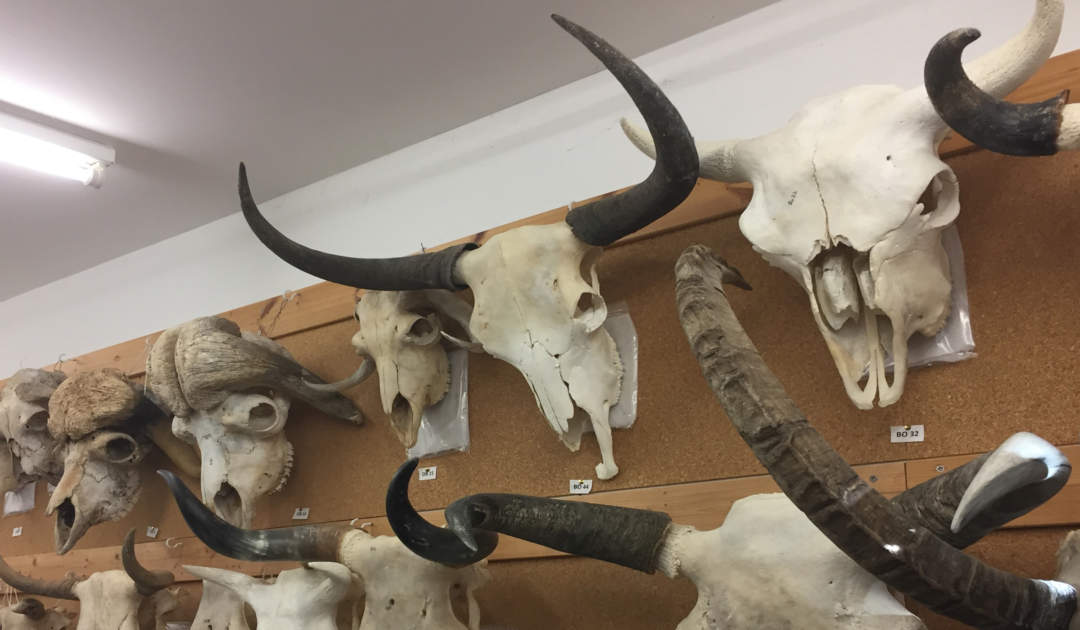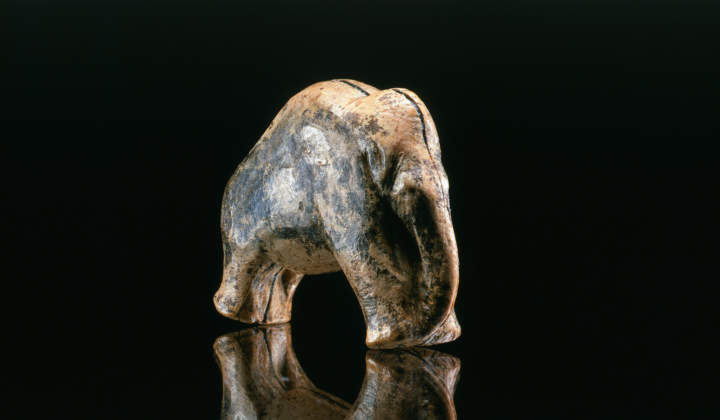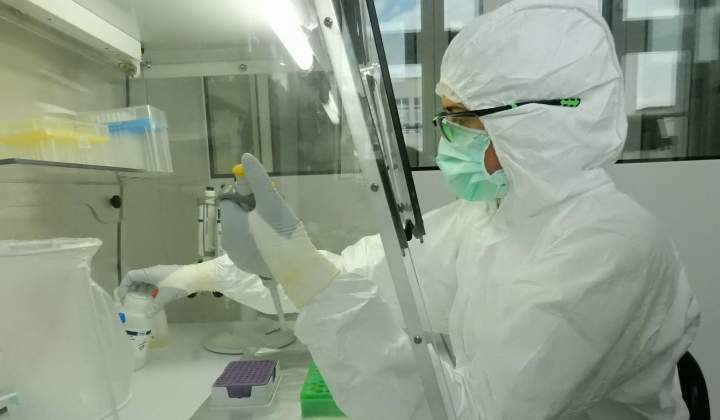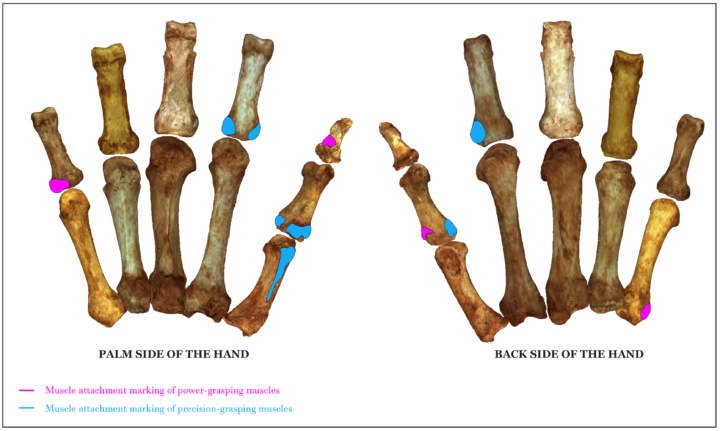
Collection
The Zooarchaeology collection is part of the Early Prehistory and Quaternary Ecology working group led by Prof. Nicholas Conard. It is curated by PD Dr. Britt Starkovich.
The collection is comprised of a modern skeletal collection as well as zooarchaeological materials excavated from archaeological sites. The modern skeletal collection is used for teaching and research. It has nearly 1500 micro- and macro mammalian remains, birds, fish, reptiles, and amphibians. Most of the collection was assembled by Prof. Dr. Hans-Peter Uerpmann over the course of his career and contains animals from Europe, Africa, and the Arabian Peninsula, though we have continued to add to the collection through relationships with local zoos and animal parks. We have a fully equipped maceration laboratory for processing skeletal materials. The zooarchaeological collection includes materials from ca. 120 archaeological sites that span from the Lower Paleolithic through Medieval period. The collections are routinely used by students, Tübingen staff, and visiting researchers.
A variety of analytical instruments and sampling preparation machines are available, including microtome and polishing equipment for processing thin sections, micro-drills for bone sampling, and diverse optical microscopes. In coordination with other groups at the INA, we have access to facilities for pre-processing samples for isotope analyses, 3D imaging and scanning equipment, and FTIR spectrometers.
Zooarchaeological research in the Early Prehistory and Quaternary Ecology working group is conducted by an international team of scientists focusing on human-environment interactions in the past. It includes basic subsistence-related topics such as hunting strategies, domestication, and herding, as well as larger-landscape-based questions of environmental reconstructions and the placement of humans within the carnivore guild and past ecosystems. Currently, our research focuses on three major regions, though we have significant ongoing work elsewhere. The first area is the Late Pleistocene occupation of the Swabian Alb. Excellent preservation allows for detailed reconstructions of human subsistence behaviors and diachronic change from the Middle Paleolithic through Mesolithic period. We evaluate human diets within the context of environmental change in order to determine if subsistence shifts are the result of internal cultural or demographic factors, or larger environmental changes. We work closely on these projects with other SHEP researchers, including Prof. Hervé Bocherens and Dr. Dorothée Drucker (Biogeology) and Prof. Madelaine Böhme (Terrestrische Paläoklimatologie).
The second main research area is Southwest Asia. Ongoing excavation projects in Syria and Iran have yielded stratified faunal assemblages from the Middle Paleolithic to Neolithic. Of special interest are human and animal dispersal events through the Levant and Arabia, and the origins of animal domestication. Much of the faunal data from these sites are interpreted in conjunction with archaeobotanists and lithic analysts in the Early Prehistory and Quaternary Ecology working group (PD Dr. Simone Riehl and Dr. Mohsen Zeidi). Our third area of focus is on the Paleolithic through Mesolithic in Greece. This work examines hominin subsistence change and environmental interactions in a historically understudied region. This research complements the work of Prof. Katerina Harvati‘s PaGE project (Paleoanthropology). Additional work includes a faunal analysis of the Lower Paleolithic site of Schöningen (Germany), which is a Senckenberg Research Station, and the Middle Stone Age site of Sibudu Cave (South Africa).








